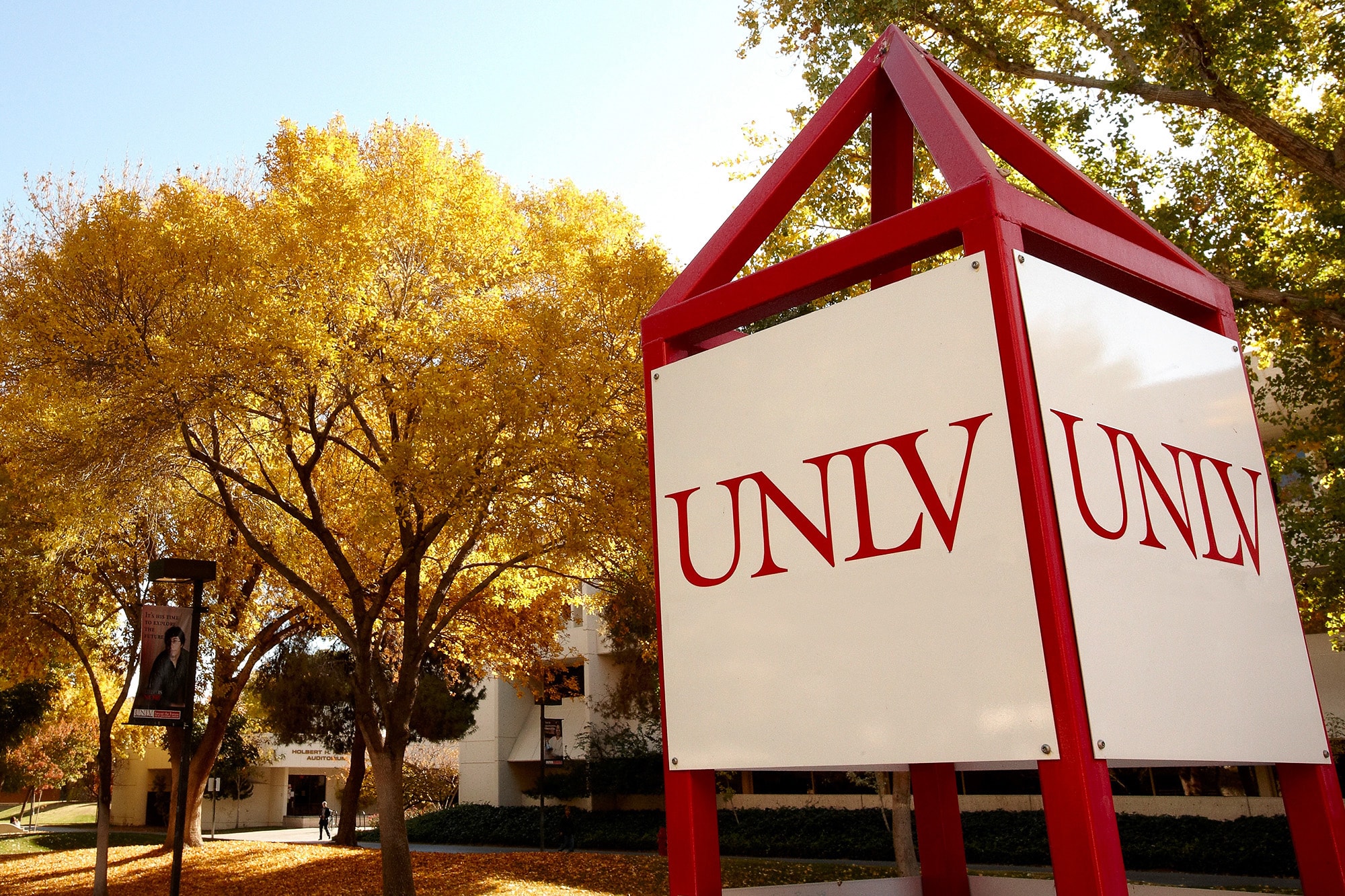When summer comes, Southern Nevadans are used to $300 energy bills. Having that bill cut in half will soon become a reality for one green neighborhood.
Summerlin's Villa Trieste community -- a collaboration between the UNLV Center for Energy Research, Pulte Homes, and NV Energy -- will employ the most advanced approach to energy cost-savings in residences in the Desert Southwest as well as an affordable option for green-conscious consumers.
Continued population growth in the Desert Southwest has led to a strain on the region's electrical grids, resulting in higher residential energy costs, and in some cases, electricity overloads and blackouts. The 185-home community aims to reduce this strain by more than 65 percent.
Their homes combine energy-efficient features and smart grid technology, including:
Energy-Efficient Construction
- Roof-integrated solar power system
- Energy-efficient lighting and appliances
- Environments For Living certification -- a program that helps builders construct homes with improved ventilation, thermal systems, HVAC equipment, air pressure balancing, and water conservation measures
Advanced Metering and Distributed Generation
- Advanced meters provide real-time energy use data that will reduce meter errors, isolate outages, and lower costs
- Centralized battery storage at the substation level will draw energy from homes during off-peak hours for use during peak periods
- Generated solar power will reduce electricity drawn from the electrical grid
Consumer Gateway
- Demand response reduces energy use by allowing utilities to adjust the home's energy output and high-use appliances when needed during peak hours
- Improves electrical grid reliability and homeowners receive financial incentives relative to level of participation
Affordable Efficiency
The homes are currently being built and sold in northwest Las Vegas. After the first homeowners move in, research will continue with the goal to reduce peak energy consumption by more than 65 percent compared to a typical new development:
- UNLV researchers will monitor home performance against simulation models and modify as necessary to achieve maximum efficiency
- Photovoltaic (solar) system performance will be monitored and adjusted to achieve peak demand offset
- Homes with varying technologies will be compared for performance characteristics
The partnership received approximately $7 million in grant funding from the U.S. Department of Energy to develop the community of homes.



